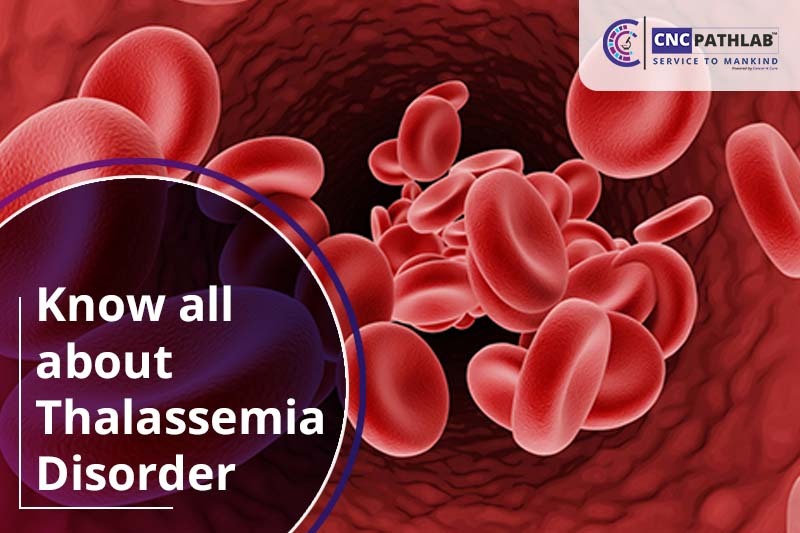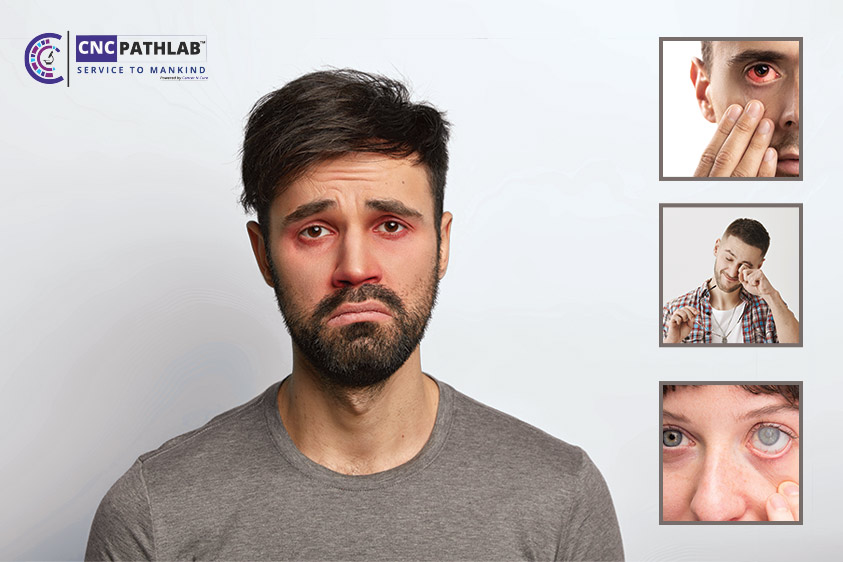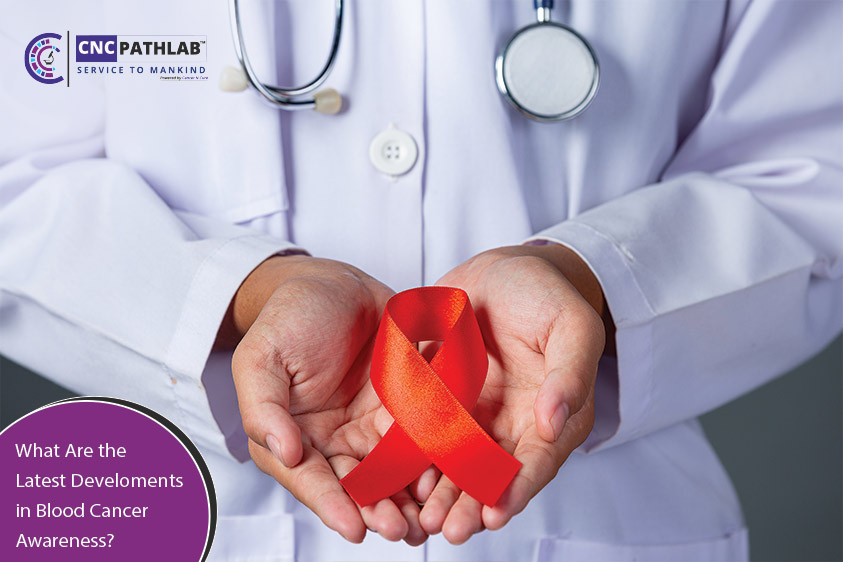Know all about Thalassemia Disorder
Did you know that 350,000 new instances of thalassemia are diagnosed each year around the world? Even if we assume a thalassemia's typical life expectancy is 30 years (in the absence of better drugs/treatments), there are 10.5 million thalassemic in need of care worldwide. This is a big and vulnerable population of children and young adults who have been TIED, TRIED, and TIRED throughout their whole lives. They have been poked and pricked multiple times for vein accessibility as many times the first attempt at cannulation fails. They have been tied to the blood transfusion sets since a very young age (most of them since less than one year of age), and they have been poked and pricked multiple times for vein accessibility. They're fatigued from all of the tests, doctor appointments, and medications they take on a regular basis.
Thalassemia are a set of genetic blood illnesses defined by a lack of or reduced generation of normal hemoglobin, resulting in variable degrees of microcytic anemia. Because hemoglobin is contained in red blood cells, which transport oxygen throughout the body, it lacks causes oxygen deprivation in all organs, eventually causing damage.
Red blood cells transport oxygen throughout the body, and hemoglobin is the oxygen-carrying protein in red blood cells. Thalassemia is a blood condition that affects the ability of the body to create normal hemoglobin. People with thalassemia manufacture fewer healthy hemoglobin proteins, as well as fewer healthy red blood cells in their bone marrow. Hemoglobin is necessary because it allows your red blood cells to transport oxygen throughout your body.
Every year, 10,000 children in India are born with thalassemia, accounting for around 10% of the total global incidence of thalassemia-affected infants. In India, one in every eight thalassemia carriers’ lives. In India, over 42 million people carry the -thalassemia gene.
Read also: How Does Too Much Cholesterol Affect My Health?
Causes
Thalassemia is caused by abnormalities in the DNA of cells that produce hemoglobin, which is the component in red blood cells that transports oxygen throughout the body. The thalassemia mutations are handed down from parents to offspring.
The several types of thalassemia
The precise component of hemoglobin that is impaired (typically "alpha" or "beta"), or the severity of thalassemia, which is noted by phrases like trait, carrier, intermedia, or major, are used to describe the different types of thalassemia.
Hemoglobin is made up of two sections, alpha and beta, that carry oxygen to all of the body's cells. The component of hemoglobin that isn't produced is referred to as "alpha" or "beta" in thalassemia. There aren't enough building blocks to generate normal levels of hemoglobin if either the alpha or beta parts aren't made. Alpha thalassemia is a condition characterized by a low level of alpha. Beta thalassemia is a condition characterized by low beta levels.
The terms "trait," "minor," "intermedia," and "major" are used to define the severity of thalassemia. A person with thalassemia trait may experience no symptoms or very mild anemia, but a person with thalassemia major may experience severe symptoms and require regular blood transfusions to survive.
Thalassemia causes the following symptoms:
- Children's growth is slow.
- Bones that are wide or fragile
- Weakness.
- Skin that is pale or yellow in color.
- Spleen enlargement.
- Fatigue.
- Urine that is dark in color.
- Appetite problems.
- Problems with the heart
Symptoms can appear as early as birth in some persons. In some cases, it may take several years to see anything. Some patients with thalassemia have no symptoms at all.
Read also: What are the most common causes of summer hair loss?
Treatment
You may feel weary and not require treatment if you have a minor case. However, in severe situations, regular blood transfusions are required. A transfusion is a procedure for receiving donated blood or blood components that your body need, such as hemoglobin. The frequency with which you require transfusions varies from person to person. Blood transfusions can result in symptoms such as high fever, nausea, diarrhea, chills, and low blood pressure.


.jpg)


.jpg)
